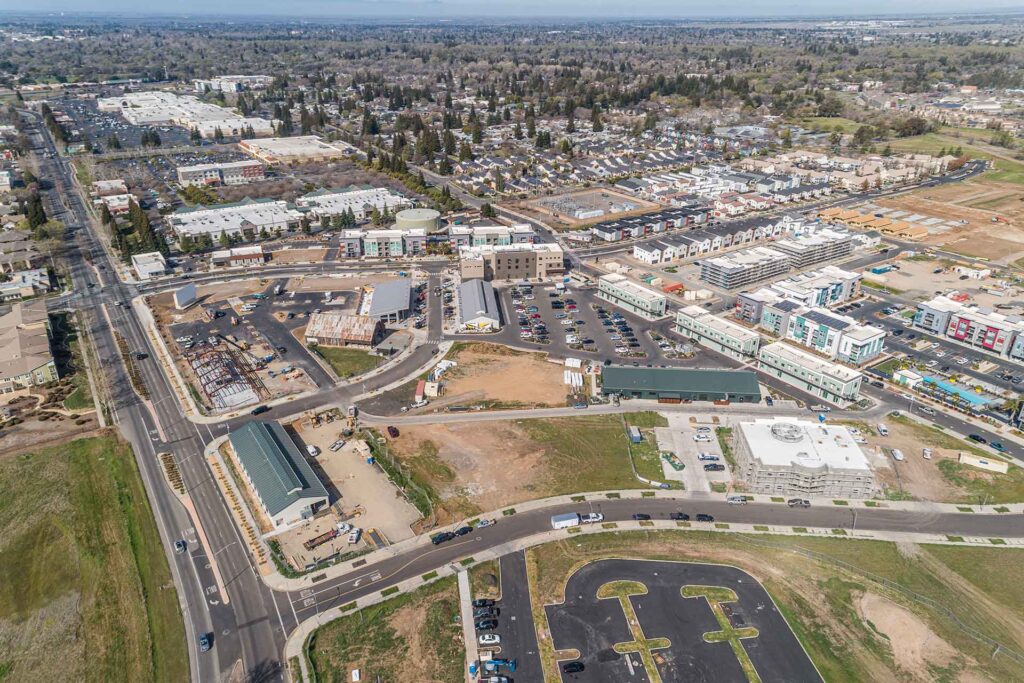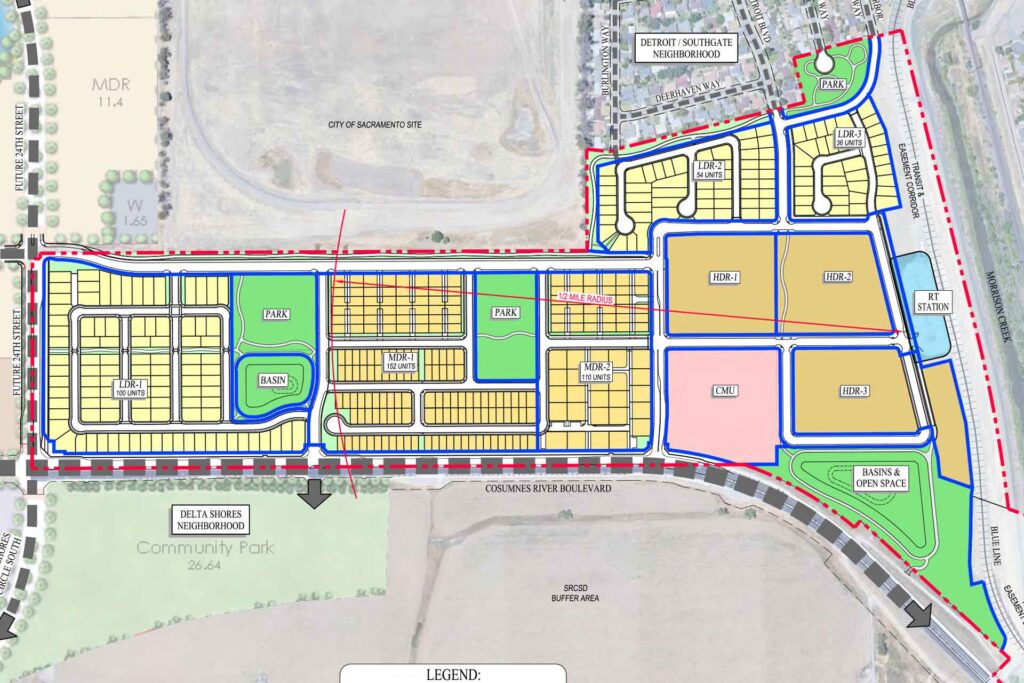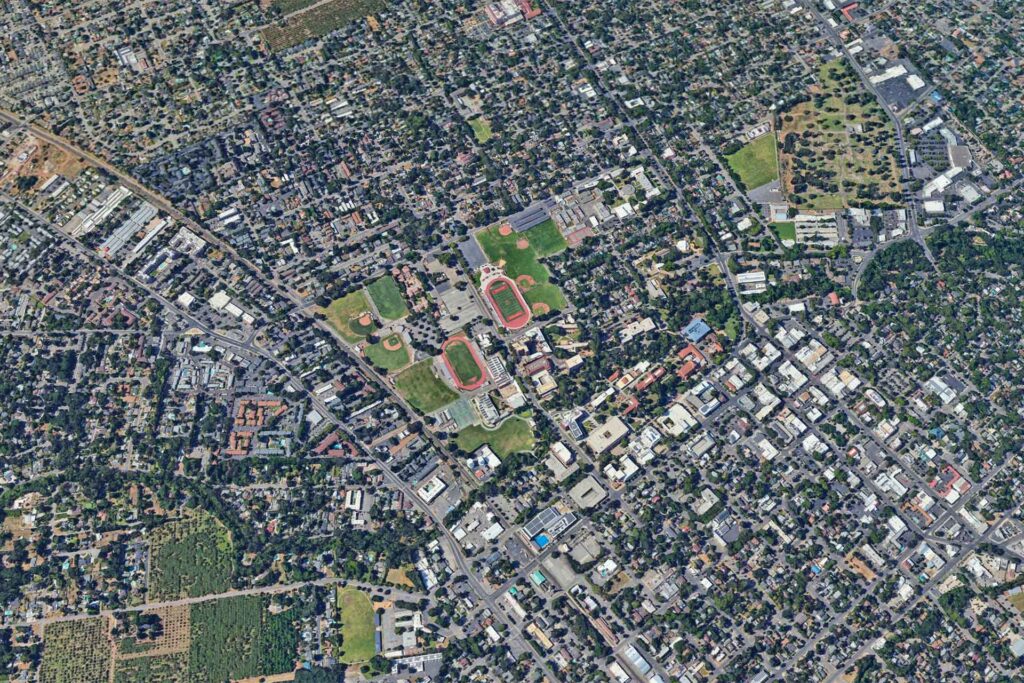If a local community wishes to expand its retail presence, it is important to create an effective plan for identifying and recruiting new businesses. Retail recruitment is a complex process that involves various parties, including property owners, commercial brokers, developers, investors, franchisees, local business owners, governmental departments, and key decision-makers.
To attract commercial retailers to the community, follow these steps:
- The Discovery Phase: Every community is unique, and it’s important to conduct an honest and unbiased evaluation while analyzing the community’s strengths, weaknesses, opportunities, and threats (S.W.O.T.). This analysis should include an inventory of the community’s current and future assets, including major employers, hospitals, universities, prisons, tax incentives, entertainment, geography, hotels, casinos, and other essential features. Also, analyze the demographic makeup of the community, including median income and age, current and projected future population, education level, property value trends, traffic counts, customer visits/trends, housing growth, senior housing, hotel occupancy levels, retailer sales data, downtown nightlife drivers, number of hospital beds/visits, key “anchored” shopping centers, and conduct a retail “gap” or “void” analysis. Identify the primary trade area vs. the secondary trade area. In addition to the data, focus on the “why,” “what,” and “how.” Why is the community special? What makes the community a place where a retailer should locate? How can the retailer be successful in the community and make a profit? Use the data in conjunction with the why, what, and how to tell a compelling story.
- Analyzing Data and Information: After the discovery phase, conduct a peer review and share the S.W.O.T. analysis with city leaders, economic development teams, and other stakeholders to get feedback. Additionally, it would be advisable to either hire a site selection expert to conduct the discovery and data analysis phase or at a minimum solicit feedback because they will have a better understanding of how and what retailers look for when identifying a new market or specific site. Also, conduct a peer review by looking at other communities with similar demographics, populations, and/or that have similar unique features to compare what they have vs. what they don’t have. Remember that each community is unique, and this exercise is intended to simply spur new ideas and create a comprehensive target list of retailers that have already located within a similar community and could be a good candidate for your community.
- Developing a Recruiting/Marketing Package: Once the research has been conducted and analyzed, it’s time to pull it all together into a targeted marketing presentation that includes data answering the why, what, and how. The information needs to be presented in a clean, simple, and concise presentation that can be easily understood and quickly reviewed. Retailers receive numerous inquiries and various marketing packages, so it’s key to stand out by providing only the key facts and telling the story in a compelling and concise manner. Visual components such as maps or graphics that provide a lot of information with a minimal amount of text are important. Short 30-second to 1-minute videos can also be a good way to deliver information quickly while standing out as a supplement to the more traditional marketing package. When presenting a specific real estate site in the community, tailor the approach to that specific type of retailer. Conduct research on the retailer you’re targeting and the types of locations they typically seek. Look for information about their recent expansion plans, store formats, target demographics, and competition. Customize the presentation of the site for the specific retailer you’re targeting. For example, if a retailer typically seeks locations in high-traffic areas, such as quick service restaurant, emphasize the sites traffic counts, traffic patterns, visibility, convenient access, size of the property, and proximity to daily traffic generators such as schools, hospitals, etc.
- Closing the Deal: In the retail real estate industry, it’s all about building strong relationships, overcoming challenges, and persistence. To ensure that strong relationships are established, it’s important to identify who the main point of contact will be for the community when it comes to retail recruitment. This will ensure clear and consistent communication with retail community representatives.
When communicating with retail tenant representatives, it’s important to keep in mind that their primary role is to manage the acquisition, development, and leasing of new store locations, while also analyzing and making decisions about existing locations. Typically, the retail tenant representative has a title such as Director of Real Estate or VP of Real Estate, and they work with other company executives and stakeholders to develop and implement real estate plans that align with the company’s overall business strategy. They also negotiate lease agreements, coordinate with landlords and brokers, and maintain relationships with industry partners to stay informed of emerging real estate trends and opportunities.
New retail real estate projects don’t often happen overnight, but new concepts and expansion plans change frequently. Therefore, it’s important to regularly evaluate new opportunities and present the recruiting pitch as often and frequently as possible. Remember to focus on the why, what, and how, because the goal is to solve the retailer’s specific need, which is to open new locations and make a profit.
Note: Your recruiting pitch may also include incentives for businesses to invest in your community, such as deferred or reduced building and impact fees, a streamlined entitlement and permitting process, micro-loans, support of private infrastructure bonds, etc. These may not be the deciding factor for a retailer, but they can certainly help push a deal over the finish line.
By following these steps, you can effectively attract commercial retailers to your community. Retail recruitment can be complex, but with the right approach and a clear understanding of your community’s strengths, weaknesses, opportunities, and threats, you can successfully expand your retail presence.
Click here to download and share a PDF version of this article.
For more information or assistance feel free to reach out to the team at Capital Rivers Commercial (www.capitalrivers.com) by email at info@capitalrivers.com or phone at 916.514.5225. At Capital Rivers Commercial it’s our mission to “Build Successful Futures”
Greg Aguirre is the CEO of Capital Rivers Commercial (www.capitalrivers.com) and is a senior level commercial real estate expert in acquisitions, leasing, contract negotiations, entitlements, portfolio management, and ground up development. Prior to founding Capital Rivers Commercial in 2015 Mr. Aguirre spent over 15 years on the corporate real estate side of the industry working directly for companies such as CVS/pharmacy, JPMorgan Chase, and the Sleep Train group of companies. Capital Rivers Commercial is a full service commercial real estate firm specializing in site selection, tenant representation, real estate development, and asset management.
Written by: Greg Aguirre




